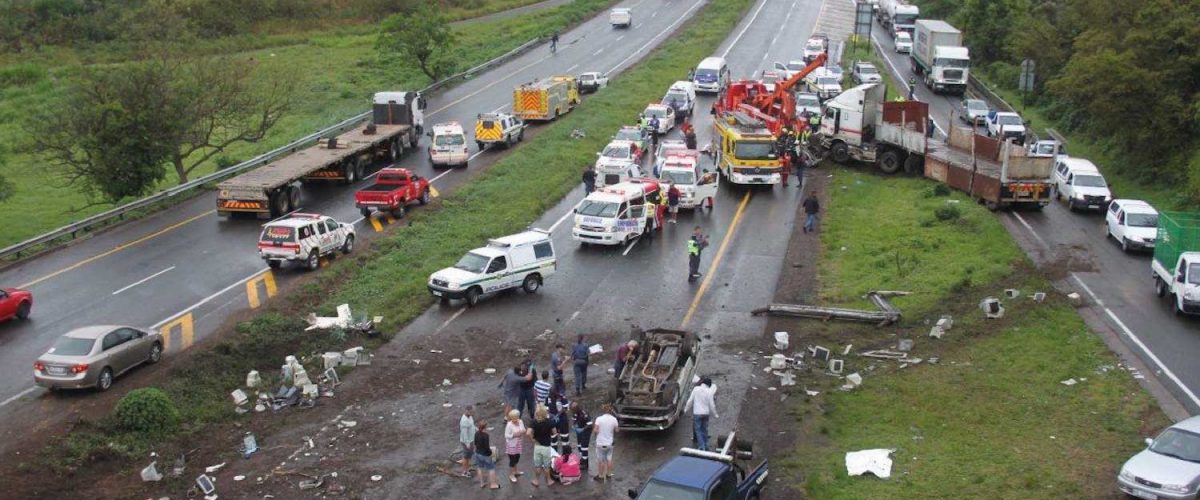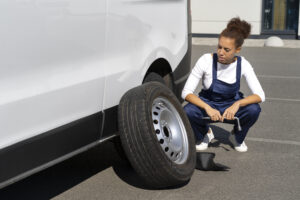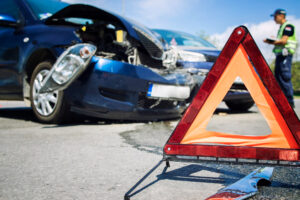Do you realize that the decision to overtake could be the last thing you ever do? Here’s what you need to know about this simple, yet life or death process.
Incorrect overtaking makes up a large portion of accidents on our roads annually. Although a relatively simple and necessary part of everyday driving, it is a manoeuver that requires a variety of driver skills and techniques to execute safely.
- Is it safe?
- Is it legal?
- Is it necessary?
If the answer to all the questions is ‘yes’ then you could be in a good position to proceed. That said, there are other considerations to contend with before going ahead and regardless of driver experience, the following basics are a good reminder for all motorists.
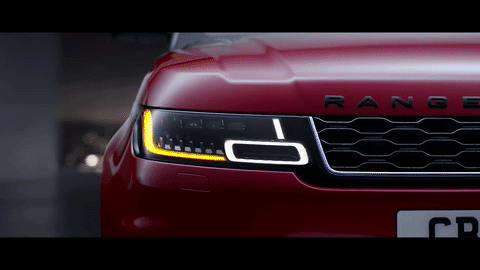
Turn on your indicator and ensure you have both space and visibility to pass BEFORE moving out of your lane.
- Check your review view and side mirror before doing so. Get into the habit of turning your head slightly over your shoulder so you can see if there are any obstructions you might have missed in the mirror – usually due to mirrors not being positioned correctly. At this point, ask yourself the following before proceeding:
- Can I see far enough ahead?
- Do I have enough space to get back into my lane without compromising other road users?
- Do I have enough space to abandon the manoeuver and return into my lane if something unexpected happens ahead?
- Does the design of the road permit safe overtaking?
- How does the performance of my car measure up to the perceived performance of the car I want to pass?
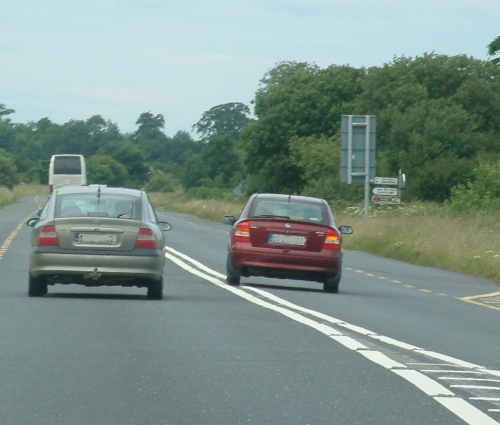
Motorcycles travel at very high speed and can reach your vehicle in a matter of seconds.
2. Turn on your indicator and ensure you have both space and visibility to pass BEFORE moving out of your lane. Check your mirrors again and only when you are 100% certain that the coast is clear should you gently steer out of your lane to pass and begin to accelerate. The less time spent facing oncoming traffic the better!

Remember:
- Turn on your indicator and ensure you have both space and visibility to pass BEFORE moving out of your lane.
- Check your mirrors again and only when you are 100% certain that the coast is clear – gently steer out of your lane to pass and begin to accelerate; the less time spent facing oncoming traffic the better!
- If driving a manual transmission, change to a lower gear before attempting the pass so that your engine is ready to kick up once you have committed to overtaking.
- Motorcycles travel at very high speed and can reach your vehicle in a matter of seconds.
- Your indicator should be on for the duration of the procedure as this further alerts the driver of the vehicle ahead of you and the one behind you – in case they were preparing to pass you too.
- Position your car as far away as safely possible from the one you are overtaking but also keep an eye on the shoulder of the road. Contact with either could have disastrous consequences for all road users.
Merge back into your lane as smoothly as possible and as far ahead of the vehicle you have passed as possible.
4. When you come in line with the vehicle you are passing, use your indicator once more, to signal your intention to rejoin your lane.
5. Check your left-hand side and rear-view mirror to ensure that the vehicle you passed is well behind you before attempting to rejoin the lane.
6. Merge back into your lane as smoothly as possible and as far ahead of the vehicle you have passed as possible. This not only makes for a safer re-entry for yourself but also ensures the safety of other motorists who may also be passing the same car you just did.
7. Don’t forget to cancel your indicator once you are back in your lane.
There is no harm in showing a little gratitude after safely completing the process.
There is no harm in showing a little gratitude after safely completing the process. Even if all the odds were in your favor, a wave or a click of your emergency lights goes a long way towards creating a courteous and cordial atmosphere on the road.
